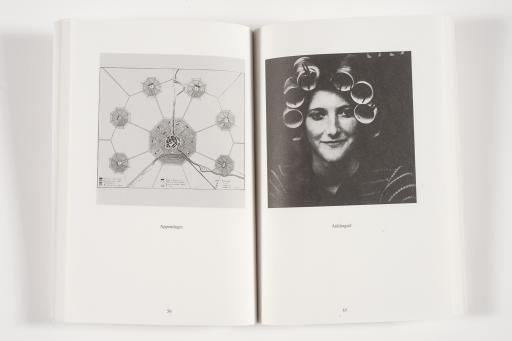Morphologie: City Metaphors, Oswald Mathias Ungers
Artwork Overview
Oswald Mathias Ungers, artist
1926–2007
Morphologie: City Metaphors,
1982, printed 2011
Where object was made: Germany
Material/technique: offset lithograph; wove paper
Dimensions:
Object Height/Width/Depth (Height x Width x Depth): 200 x 140 x 11 mm
Object Height/Width/Depth (Height x Width x Depth): 7 7/8 x 5 1/2 x 0 7/16 in
Object Height/Width/Depth (Height x Width x Depth): 200 x 140 x 11 mm
Object Height/Width/Depth (Height x Width x Depth): 7 7/8 x 5 1/2 x 0 7/16 in
Credit line: Museum purchase: Elmer F. Pierson Fund
Accession number: 2012.0005
Not on display
If you wish to reproduce this image, please submit an image request


